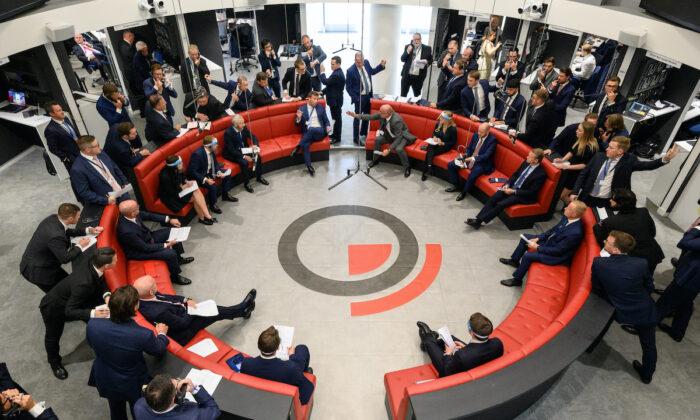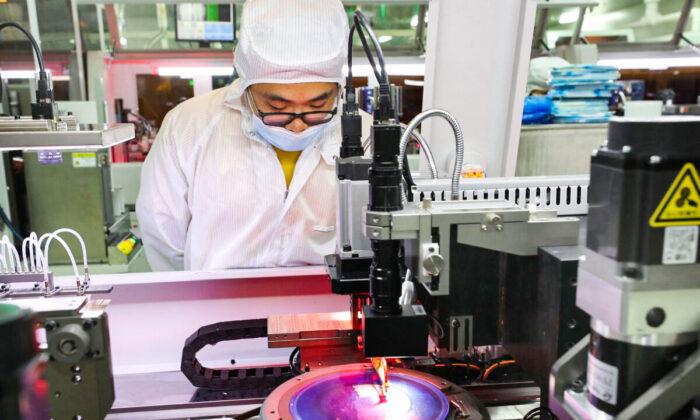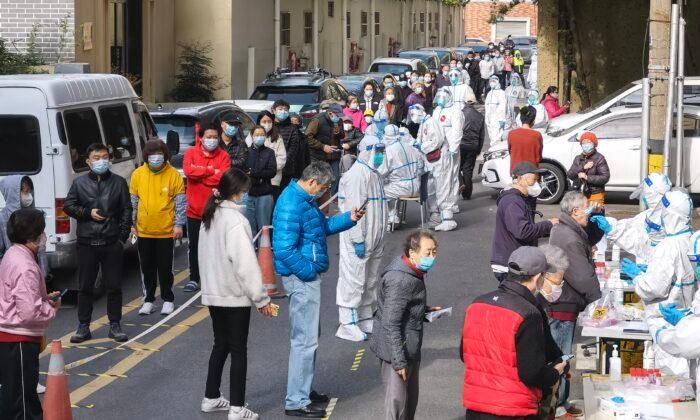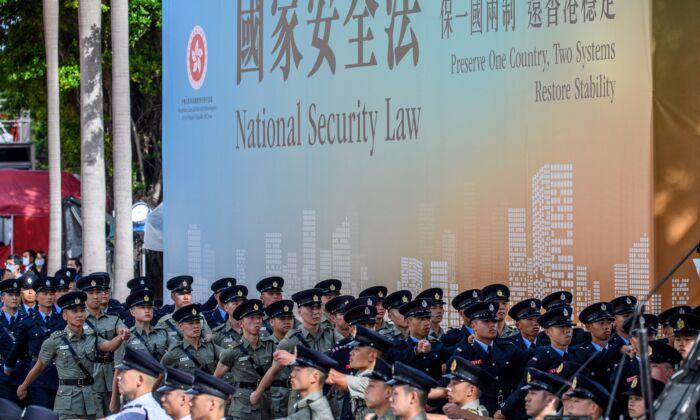China has frequently been at the forefront of peer-review scandals, with numerous fake-paper factories a growing concern in the global scientific community. The country has retracted more scientific papers because of faked peer reviews than all other countries and territories combined, according to a scientific journal watchdog.
In addition, many among the 323 retracted papers reportedly came from Beijing-certified top universities, called the “Double First-Class Universities.”
ACM’s Director of Publications Scott Delman told Retraction Watch that the papers appeared to have come from China’s “paper mills,” referring to the Chinese fake-paper factories.
According to the report, the now-retracted papers published by ACM were said to have come from the International Conference on Information Management and Technology (ICIMTech) held in Jakarta, Indonesia, from Aug. 19 to 20, 2021.
The retractions took place after a tipster told ACM that IEEE Xplore, another publisher of peer-reviewed journals, had also published what appeared to be the same batch of ICIMTech conference papers.
The allegation prompted an investigation that led to the mass retraction of the entire ICIMTech conference proceedings and more than 300 papers, citing integrity concerns over the papers and their peer-review process, Delman said. He added that “a company in China billing itself as a conference organizer had handled all of the peer review[s].”
Delman said a similar case took place in 2018 when ACM received an anonymous allegation that one of its published conference papers had been generated by a computer. After an investigation, they found that a Beijing-based firm had handled the paper’s peer review.
After tracking down one of the conference organizers in Beijing named Lily Gao, who worked at the firm, Gao “informed us that the paper was peer-reviewed and after multiple requests, Gao sent a PDF of the alleged review, which appeared itself to have been falsified, based on the metadata in the PDF sent to ACM,” Delman said, according to Retraction Watch.
After further investigation, all 26 papers from the Information Hiding and Image Processing (IHIP) conference in 2018 were retracted by ACM after none of the authors who allegedly presented at the conference responded to ACM’s inquiry, which raised significant integrity concerns.
‘Flourishing’ Fake-Paper Factories in China
Zheng Jie, a current affairs commentator and doctor of medicine from the University of Tokyo, told The Epoch Times that fraud in Chinese-affiliated research papers is not limited to the field of computing, but has long been prevalent in all fields because it determines job promotions, wages, and other benefits.“The ethics-lacking system built by the Chinese Communist Party (CCP) encourages Chinese people to create falsehoods in order to advance in life,” Zheng added.
The number of published academic papers is one of the primary indicators for researchers in Chinese universities, hospitals, and research institutions to receive professional titles or be promoted.
For example, in August 2020, the Beijing Municipal Health Bureau stipulated that an attending physician must publish at least two professional journals as the first author to be promoted to a deputy chief physician, while three papers are required for a promotion to a chief physician.
However, some scholars, especially medical workers, do not have time to engage in research, let alone write papers, while many don’t have the capacity to publish authoritative papers. But for promotion and other needs, many turn to the “black market” for academic work.
“A five-month investigation by Science uncovered a flourishing academic black market involving shady agencies, corrupt scientists, and compromised editors—many of them operating in plain view,” the report said.
“[A] company would sell the title of the co-first author on the cancer paper for $14,800. Adding two names—co-first author and co-corresponding author—would run $26,300.”
According to the Chinese state-run Xinhua, since 2009, buying and selling academic papers in China has become an industry with a conservatively-estimated market value of $150 million.





